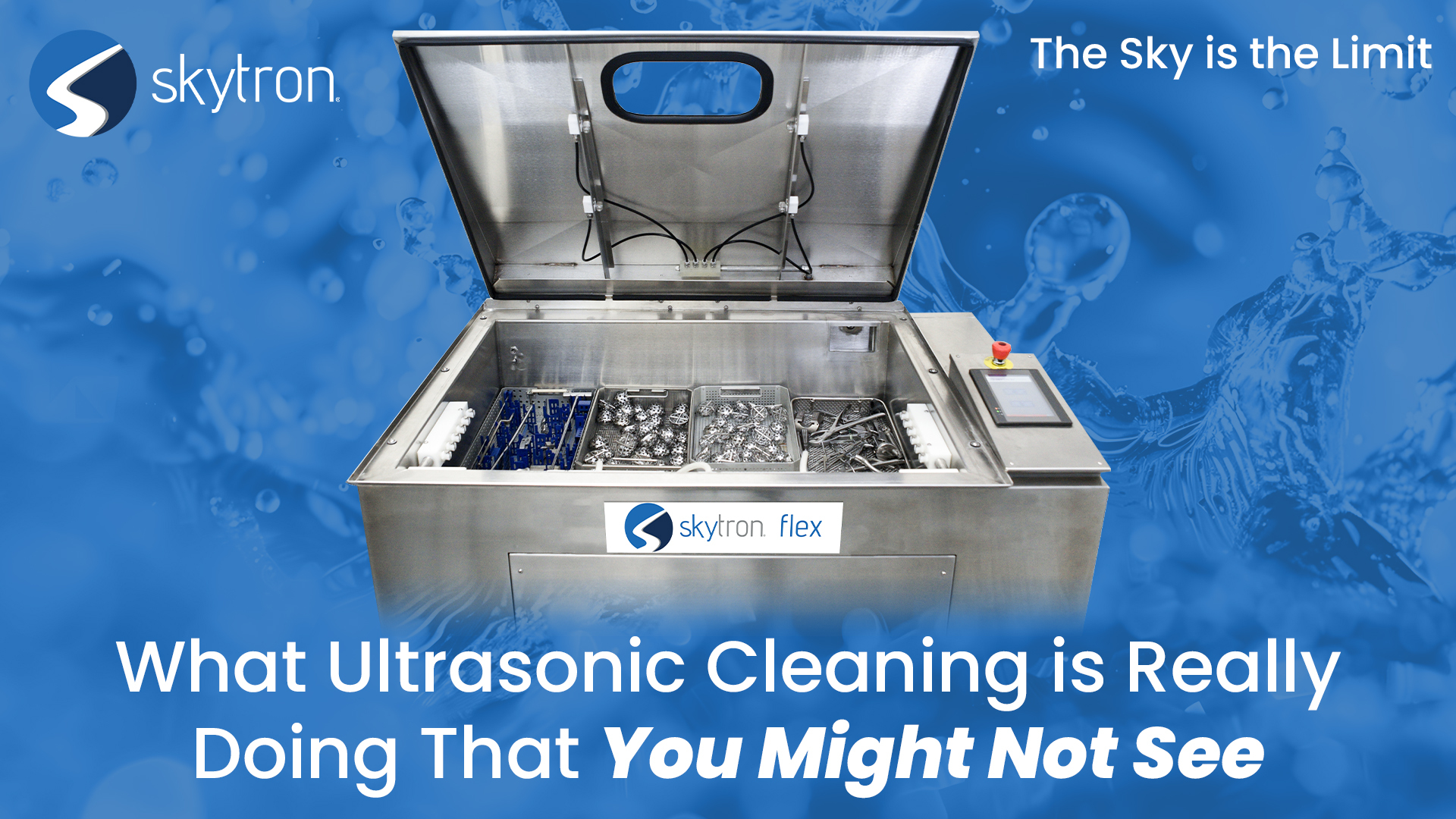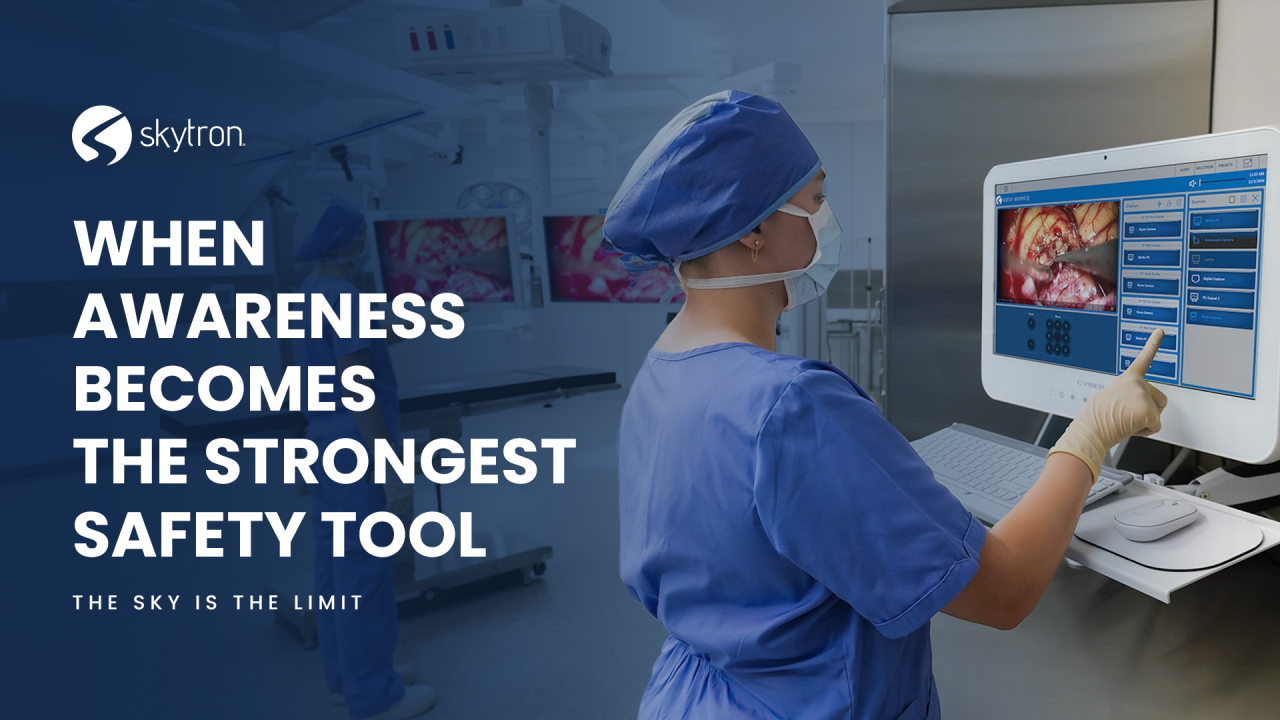
-
Written ByRebecca Kinney
-
PublishedMay 16, 2025
In Sterile Processing, it’s easy to assume that if something looks clean, it is clean. However, in device and instrument reprocessing, surface appearance can be dangerously misleading, especially when it comes to the microscopic debris hiding in hinges, lumens, and serrated edges.
Ultrasonic cleaning may seem like just another step in an already rigorous process, but when you understand what it’s actually doing behind the scenes, it becomes clear: it’s not a luxury—it’s a clinical necessity.
The Power of Cavitation: Microscopic Action with Macroscopic Results
At the heart of ultrasonic cleaning is a process called cavitation. When ultrasonic waves travel through a cleaning solution, they create thousands of tiny vacuum bubbles. These bubbles form and collapse rapidly, creating powerful micro-implosions that release energy. This action scrubs surfaces on a microscopic level, reaching areas that brushes and sprays simply can’t.
While this might sound like something from a science fiction novel, the implications are very real. Cavitation is the only cleaning method capable of thoroughly reaching inside small diameter channels, grooves, and complex instrument joints without causing damage. For complex and microsurgical instrumentation, it’s one of the few ways to achieve true cleanliness.
Why “Clean Enough” Isn’t Enough
Residual bioburden, especially in hard-to-reach spaces, poses a direct risk to patient safety. Organic matter, like blood and tissue left on an instrument, even in trace amounts, can lead to:
- Instrument corrosion or malfunction
- Cross-contamination between patients
- Failed sterilization cycles
- Postoperative infections
Even when instruments undergo proper manual cleaning and disinfection, it’s often impossible to verify their cleanliness visually. That’s why ultrasonic cleaning serves as an essential backup layer, eliminating what eyes and hands can’t catch.
Real-World Scenarios: When Ultrasonic Cleaning Makes the Difference
Imagine orthopedic or robotic instruments with narrow lumens or hinged mechanisms. These instruments are notoriously difficult to clean thoroughly. A notable case highlighting the risks of inadequate manual cleaning in surgical instrument reprocessing occurred at Porter Adventist Hospital in Denver, Colorado. In 2018, the hospital faced a significant sterilization breach when it was discovered that surgical instruments were not being properly cleaned before sterilization. This lapse allowed bioburden to remain on instruments, leading to potential exposure of patients to serious infections, including hepatitis B, hepatitis C, HIV, and various bacterial infections. Investigations revealed that the hospital had been aware of infection issues as early as 2017 but failed to take corrective action. The breach resulted in the cancellation of surgeries, notification of thousands of patients, and eventually, a class-action lawsuit involving over 3,000 plaintiffs. The case was settled in 2023 for $6.5 million.1
This incident underscores the critical importance of thorough cleaning processes in sterile processing departments. Manual cleaning alone may not effectively remove all bioburden, especially in complex or minimally invasive surgical instruments. Implementing ultrasonic cleaning technology can enhance the removal of microscopic debris, thereby reducing the risk of surgical site infections.
For more detailed information on this case, you can refer to the following source:
This case serves as a compelling example of why incorporating ultrasonic cleaning into instrument reprocessing protocols is not just beneficial but essential for patient safety.
Ultrasonic cleaning doesn’t just improve outcomes; it protects your team and your facility. In sterile processing, it’s not just about doing the job, it’s about proving it was done right.
Efficiency Without Compromise
One of the misconceptions surrounding ultrasonic cleaning is that it slows down workflow. In reality, integrating ultrasonic washers can actually reduce overall processing time. By providing a more thorough clean in less time than meticulous manual brushing, these units free up staff to focus on inspection, assembly, and other high-level tasks.
With increasing pressure to process more instruments in less time, departments require solutions that deliver both speed and confidence. Ultrasonic cleaning offers both, without cutting corners.
Don’t Skip the Sonic
When it comes to surgical instruments, trust is everything. Surgeons need to be able to trust sterility. Patients trust that no contamination will occur. And sterile processing teams trust their equipment to deliver results they can stand behind.
Ultrasonic cleaning isn’t just another box to check, it’s an invisible but critical safety measure that elevates the entire reprocessing workflow.
A New Standard in Ultrasonic Cleaning
Skytron recognizes the growing demand for ultrasonic cleaning that fits every SPD size and layout. Whether you’re managing a high-volume department or looking to maximize efficiency in a smaller footprint, our ultrasonic cleaning solutions are designed with your needs in mind.
Explore how Skytron’s countertop and floor-standing ultrasonic washers are helping teams reach new levels of instrument cleanliness and confidence.
Resources:






